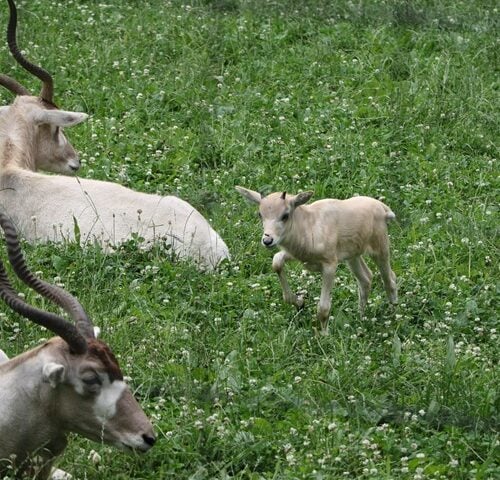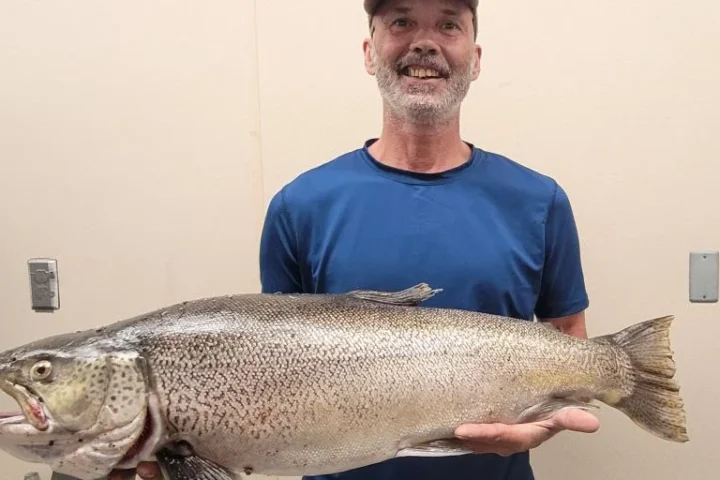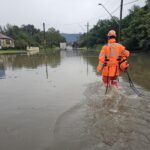Great Barrier Reef, the 3000km coral structure of Queensland coast, was threatened by warming seas. The latest survey report on coral reef conditions by (AMIS) shows another year of increased coral cover across much of the reef. The survey conducted in May 2022 by AIMS Long-Term Monitoring Program (LTMP), average hard coral cover in the region north of Cooktown increased to 36% from (27% in 2021) and to 33% in the central Great Barrier Reef from (26% in 2021). The Great Barrier Reef’s recovery gives rise to the highest coral cover in 36 years.
In the north and central regions, recovery of the reefs seemed more possible, but the southern region witnessed heavy loss of coral cover. After such a dire state the recovery in the south really showed how the Reefs can endure. The positive gain in coral cover that was recorded in the south from 2020\21 was slowed down last year due to the ongoing crown of thorns starfish outbreaks. Crown of thorns starfish is the second largest starfish in the oceans and can eat through corals.
Increase in mass coral bleaching events which spike warmer periods but this year a major bleaching event was recorded even during the La Nina when the GBR waters experience cooling. The peak of this bleaching event was in March, and accumulated heat stress which is also measured as Degree Heating Weeks (DHW)1 for most of the GBR. The heat stress reached levels resulting in widespread bleaching but not extensive mortality.
David Wachenfeld, chief scientist of the Great Barrier Reef Authority, said that ‘unexpected events are now to be expected. Nothing surprises me more’. In their 36 years of monitoring the condition of the Great Barrier Reef they have not seen bleaching events so close together. The survey of the reef by the AIMS reveals that coral cover is not only recovered but across 2/3 of the reef it is now at its highest level in 36 years of observations. The recovery speed of coral is incredible. As the entire reef was declared dead in 2016 by the environmental magazine Outside.
The 2020 and 2022 bleaching events didn’t reach the intensity of the 2016 and 2017 events and as a result it has shown less mortality. These latest results display the Reef can still recover in periods free of intense disturbances.
Dr Mike Emslie, team leader at AIMS monitoring program said the 2022 results built on the increase in coral cover reported for 2021, with most of the increase continuing to be driven by fast growing Acropora corals. These corals are particularly vulnerable to wave damage, and uses strong winds and tropical cyclones to its advantage in order to increase its ecological success. Acropora is able to resist environmental influences better than other genera of coral. They are an easy target to coral bleaching and are preferred prey for crown-of-thorns starfish. This means that large increases in hard coral cover can be canceled out by disturbances on reefs where Acropora corals dominate.
Climate change is driving increasingly frequent and longer lasting marine heatwaves, said Dr. Emslie from AIMS. “The peak of the most recent bleaching event in March occurred when the accumulated heat stress caused widespread bleaching but not extensive mortality,” he said.
The increase of temperature in the ocean and the mass bleaching events, highlights the critical threat climate change poses to all reefs, particularly while crown of thorns starfish outbreaks and tropical cyclones are also occurring simultaneously.
The AIMS’ Long-Term Monitoring Program of 36 years long dataset is the longest, largest and most complete information source on the health of the Great Barrier Reef. It helps determine long term trends in the condition of coral communities across the Reef.
Coral’s response to stressful conditions such as heat in form of bleaching, the coral animal loses its symbiotic algae and pigments causing it to turn white and potentially die.
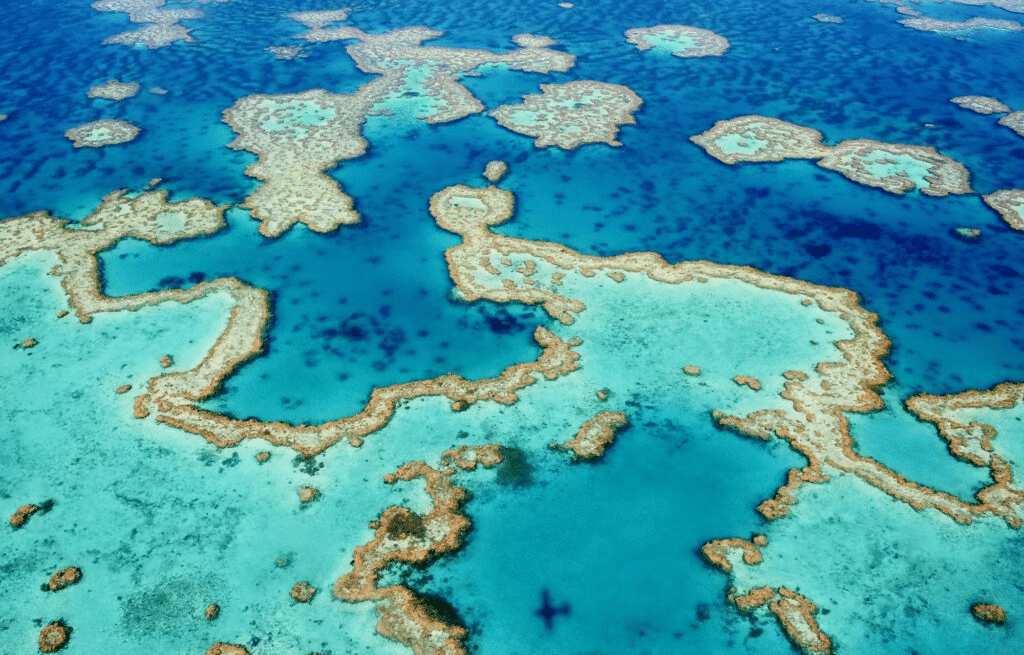
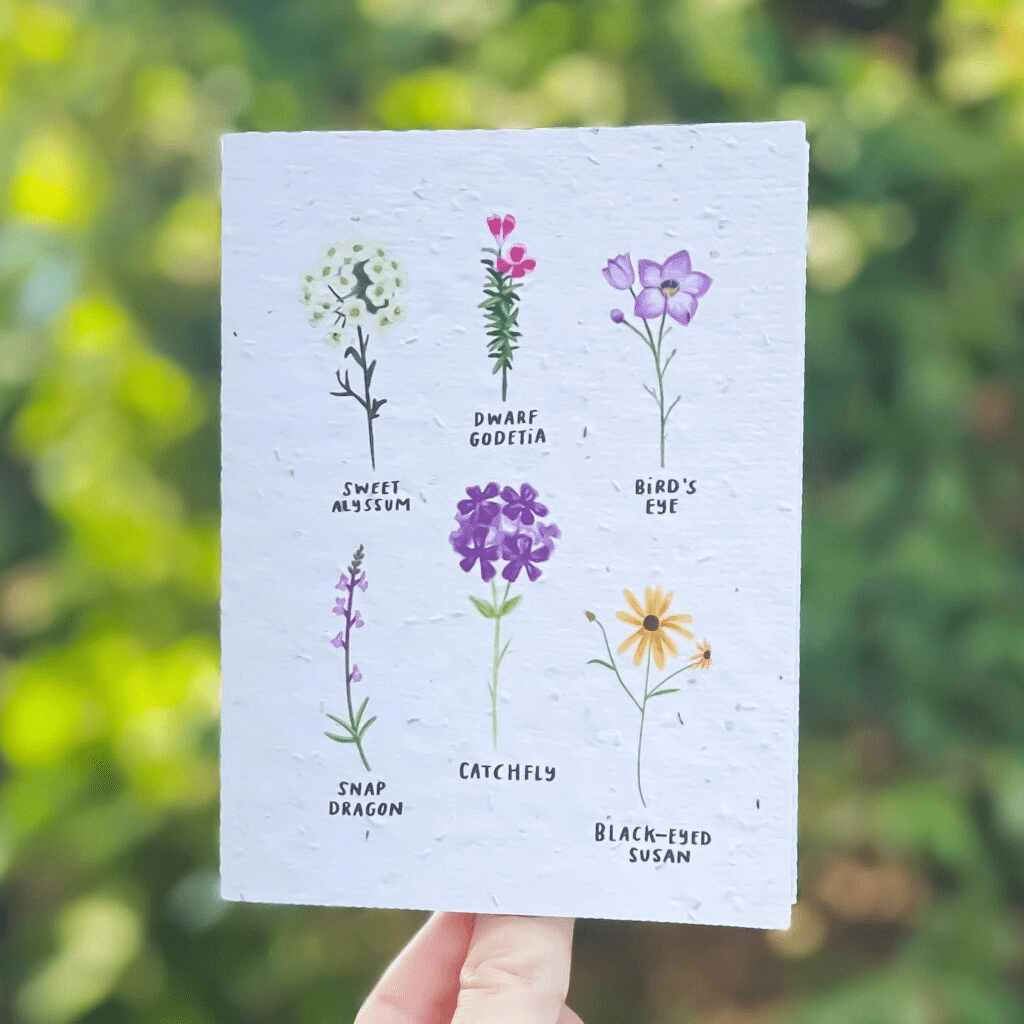











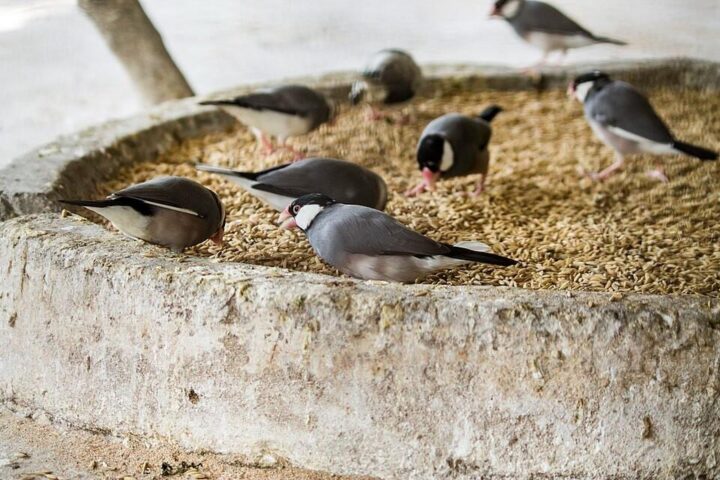

![A male [[Great white shark]] off [[Isla Guadalupe]], [[Mexico]]. Along with many [[Mackerel scad|Mackarel scads]] seen in the background. Photo Source- Terry Goss (CC BY-SA 3.0)](https://www.karmactive.com/wp-content/uploads/2025/06/White_shark-720x480.jpg)
